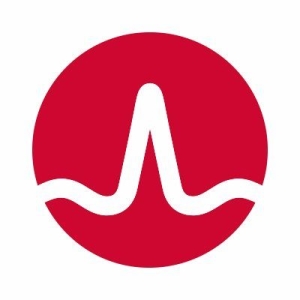It's not difficult, however, eventually, you need the right expertise to implement the solution. You need the right consultant who has knowledge of the applications, the knowledge surrounding security, and can handle in-depth logging processes that are taking place. Basically, you need the right people to implement it. It's not easy. I would prefer to have a consultant who has the development knowledge. The size of the team you need to implement the product depends on the size and the scope of the project. For a simple two or three applications, we needed only one consultant to implement. However, if it is a massive implementation with multiple products, multiple web servers, web applications, et cetera, eventually its scope varies and timelines vary, and you will require a couple of engineers to implement it.





